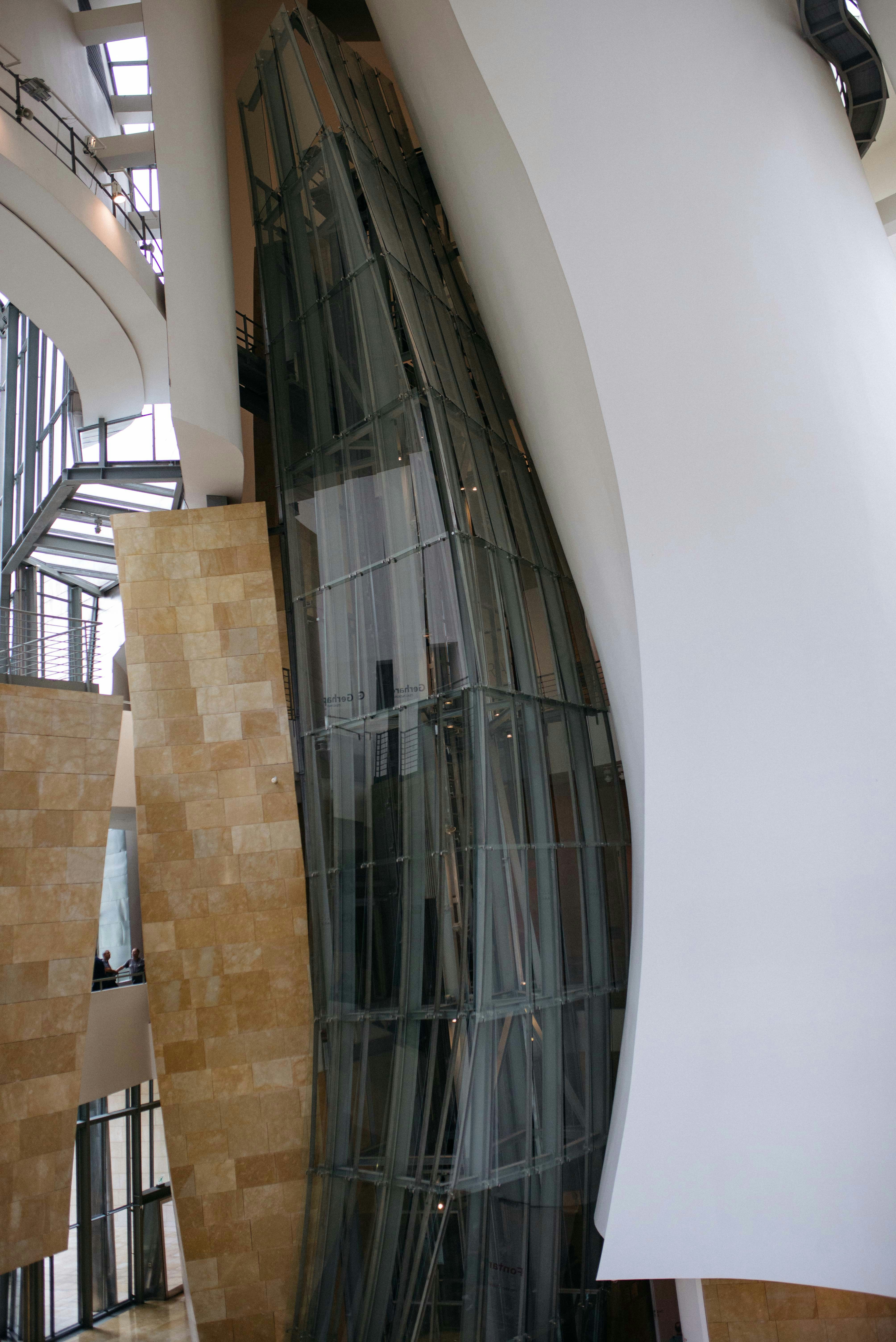
Understanding Interior Design in Architecture
Interior design architecture is a vital aspect of creating spaces that are not only functional but also aesthetically pleasing. This discipline focuses on enhancing the interior of a building to achieve a healthier and more aesthetically appealing environment for the end users. The deliberate selection of colors, furniture, and layout plays a crucial role in crafting a harmonious living space.
The Role of Interior Designers
Interior designers collaborate closely with architects to ensure that the interior spaces of a structure complement its overall architectural style. They are well-versed in materials, design principles, and how different elements work together to create a cohesive look. By integrating their expertise, interior designers positively influence how inhabitants interact with their surroundings, making each room a blend of beauty and functionality.
Innovations in Interior Design Architecture
In recent years, interior design architecture has evolved significantly, with a growing emphasis on sustainability and smart technology. Designers are now implementing eco-friendly materials and energy-efficient solutions in their projects. Additionally, advancements in smart home technology allow for greater customization and control of living spaces, enhancing comfort and convenience for users.
As we move forward, the synergy between interior design and architecture will continue to shape contemporary living spaces, ensuring they not only meet practical needs but also inspire and uplift those who inhabit them.